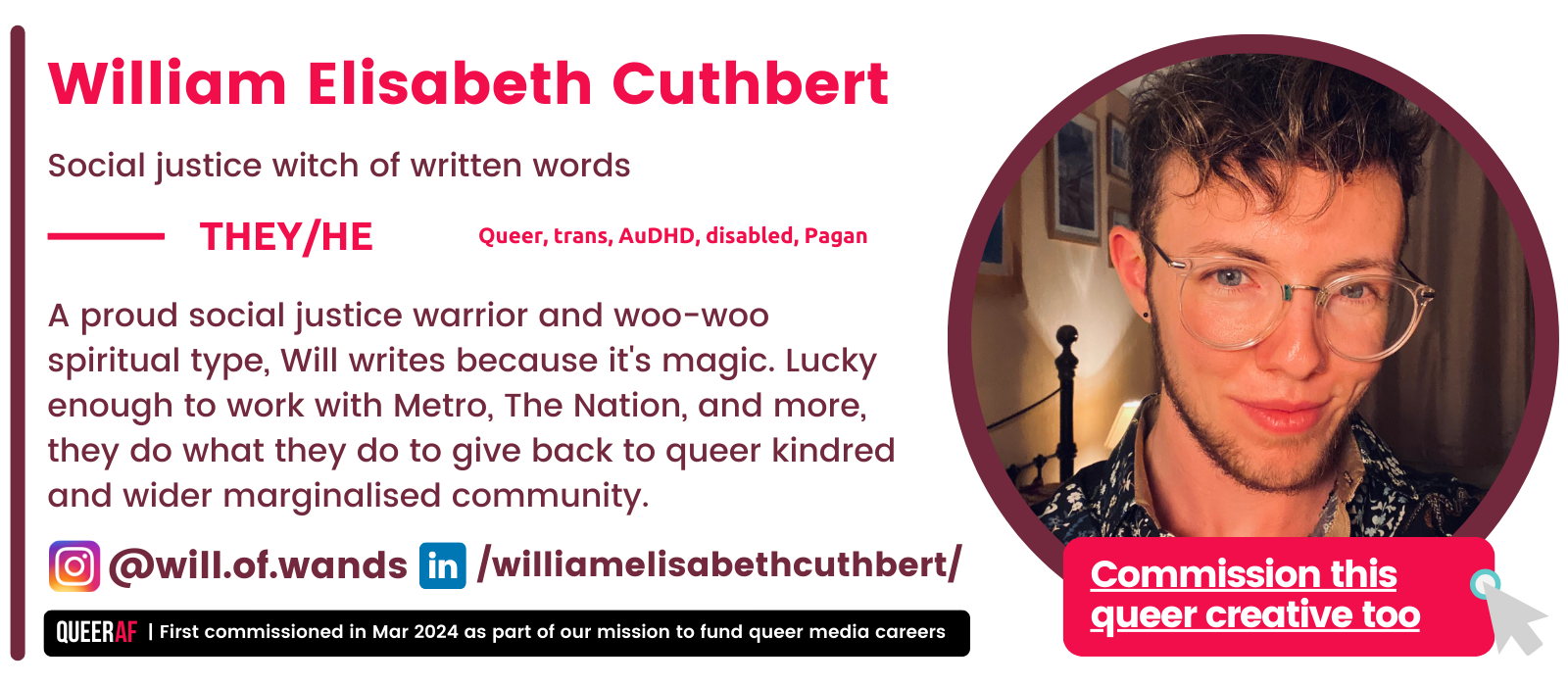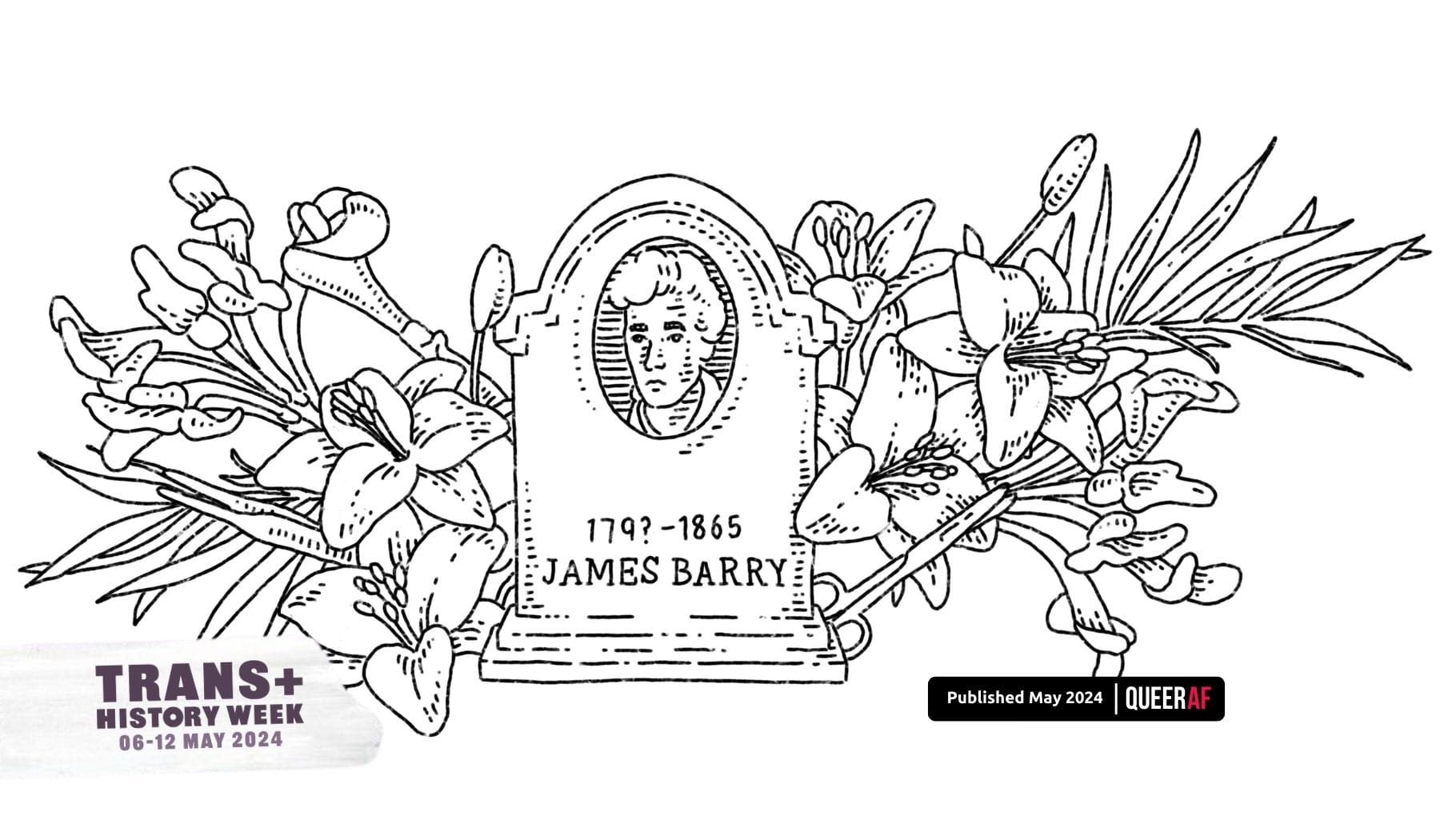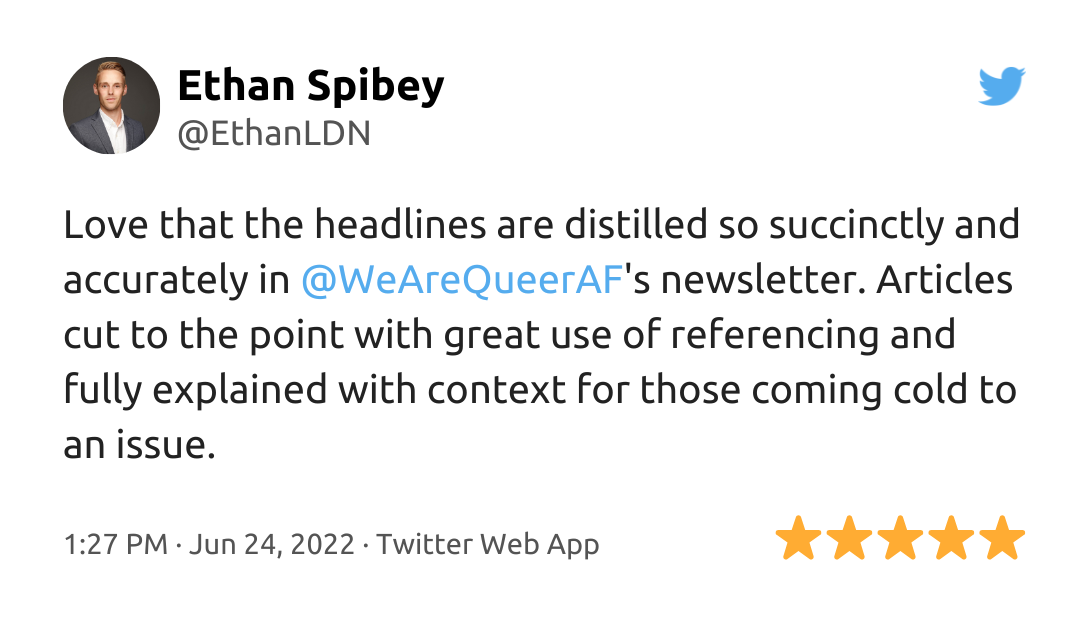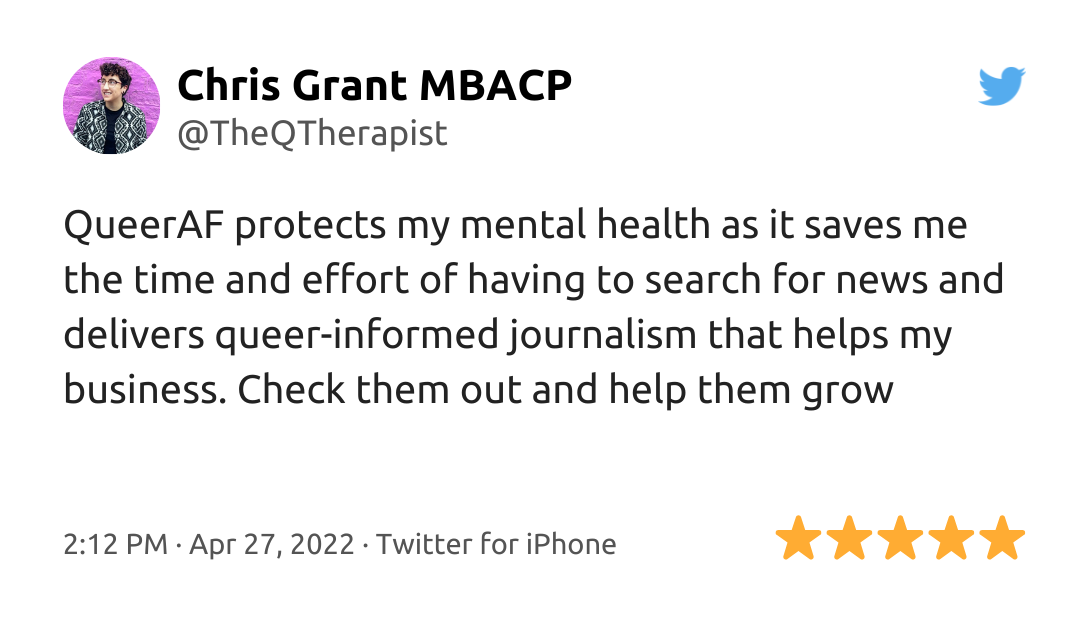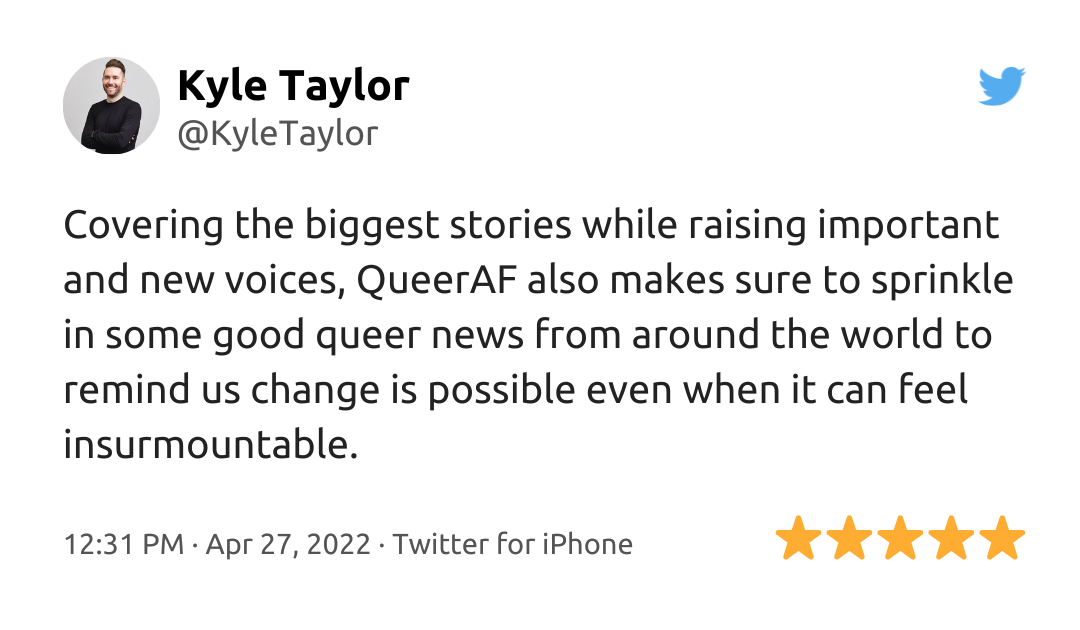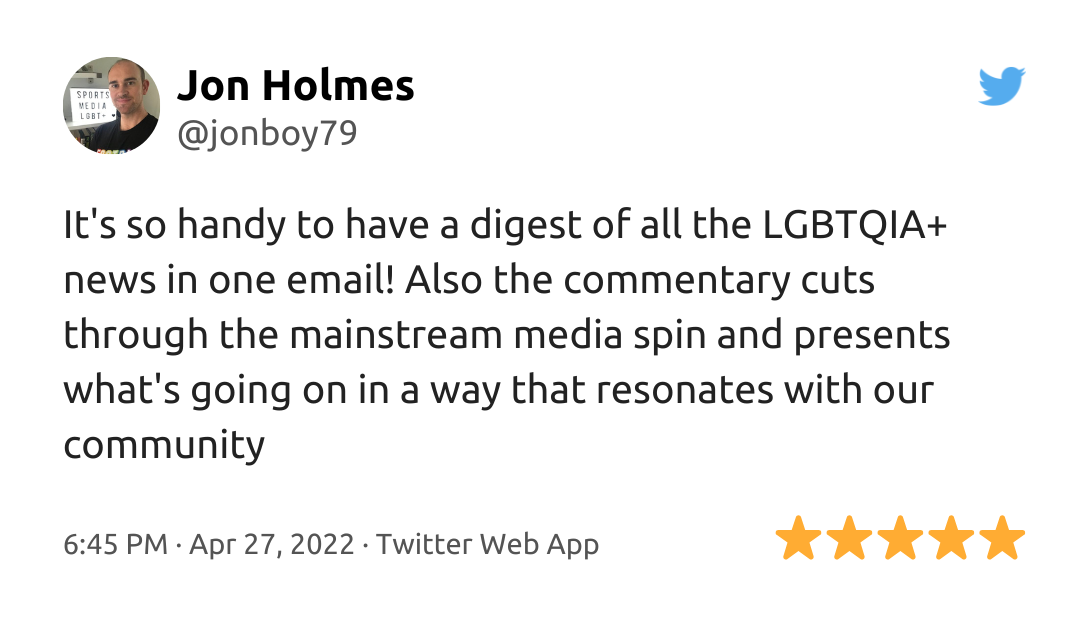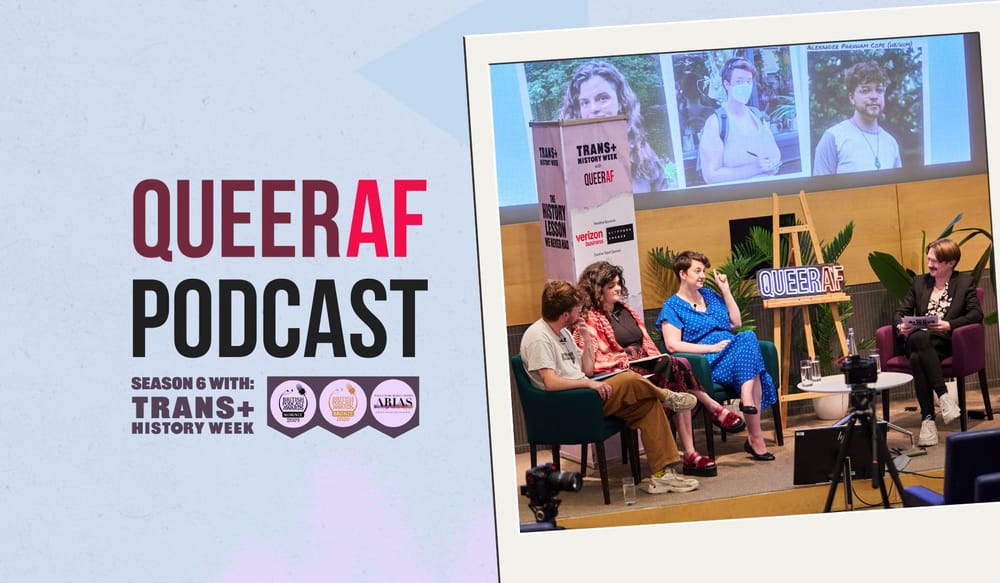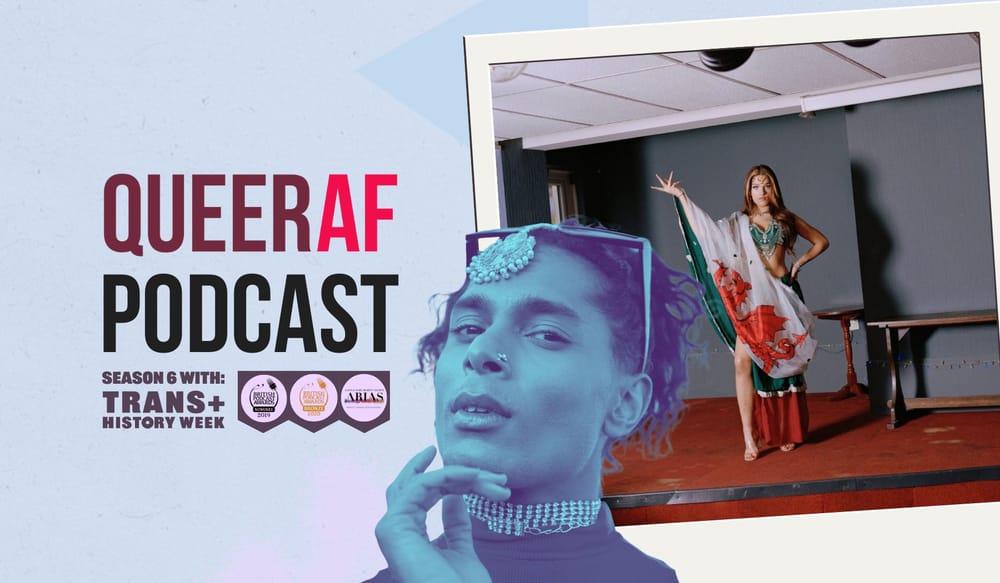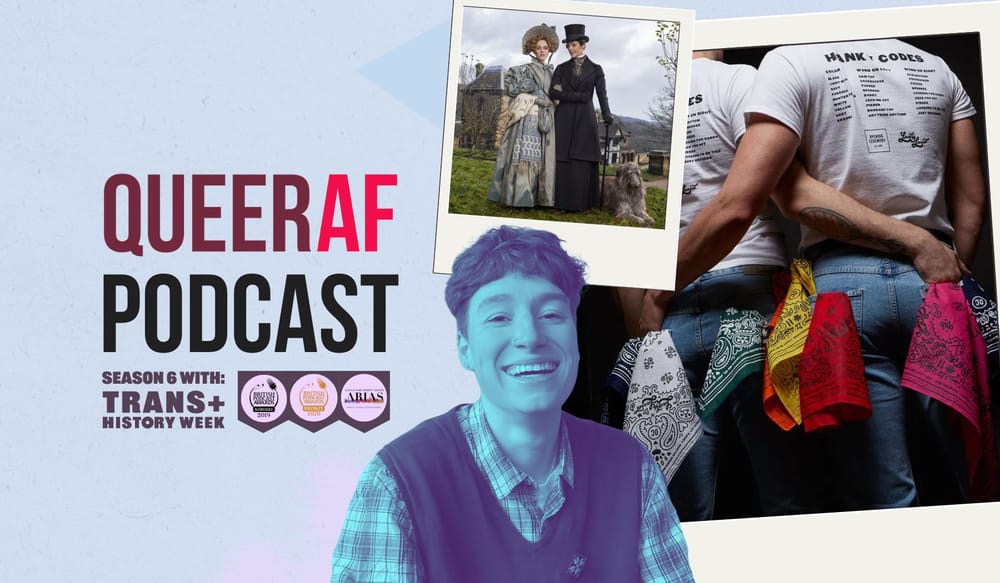
Dr. James Barry was one of a handful of doctors who pioneered the act of handwashing in medicine in the 19th century. He was also gender diverse. This article was produced as official content for the first ever Trans+ History Week, one of QueerAF's launchpad projects.
Born into poverty in Cork, Ireland, Barry joined the British Army as a surgeon in 1813. At the time, diseases were believed to be spread by poisoned air called ‘miasma’, but he became one of the first to insist on clean hands in hospitals – Queen’s University Belfast
We owe no small part of our longer, healthier lives today to the life he led as a man, from his medical schooling until his death in 1865 – The Irish News
In my rebellion against the gender binary, he’s a bit of a personal hero. Both of us are 5-foot short kings enhanced by shoulder padding and height-boosting shoes – Atlas Obscura
I’ve found an ancestor I deeply respect, as a trans person of Irish descent from a maternal family tree of healers and hospitality providers.
Yet for far too long, I didn’t know Dr James Barry existed. And there’s a very good reason so few are aware of him. There was a concerted effort to deny us of his history by removing him, and his work, from the history books.
Why was his history denied to us for so long?
Military officials set up a 100-year embargo on any documentation tied to his career as a surgeon and later Inspector General of Hospitals – Atlas Obscura
They did this to cover up the Army’s affiliation with Barry when his birth-assigned sex was discovered after his death.
Despite his contributions to medicine, Barry has since been largely ignored, misgendered, and forgotten.
Instead, presumed cisgender doctor Ignaz Semmelweis holds the honorary title ‘Father of Hand Hygiene’ – NPR
And yet Barry’s accomplishments are rarely recognised, despite the likelihood he was observing proper medical hygiene before Semmelweis.
Meanwhile, he’s misrepresented as ‘a woman disguised as a man’ in education and work spaces, because women were prohibited from these spaces in the Victorian era – Irish Star
Whether speaking of his career or his defiance of gender norms, many retrospectives pass Barry off as valiant and heroic. He worked to bring clean water to Cape Town when he was stationed there and improved sanitation and diet in many army hospitals - EE Ottoman
But this isn’t the whole story.
Though beloved by patients for his gentle bedside manner, his temper was notorious amongst his medical peers. Infamously, fellow hygiene pioneer Florence Nightingale held a grudge against him, calling him a “brute” – University of Edinburgh
As a subscriber to the British Empire, he also opted into a system that violently erased any outside traditions deemed ‘uncivilised’ by imperial rule, including his own native Irish culture – The Irish Times
He took what status he could to succeed in the life he wanted - profiting from colonialist racism along the way. He’s often given sole credit for the first caesarean section in Africa that saved both mother and child. However, indigenous Africans had been performing this surgery for some time before any white Europeans took notice – gal-dem
He wasn’t faultless. But nothing could have justified how his body and boundaries were violated in death.
Against his explicit wishes to be buried quickly without being undressed, his clothes were removed by an unknown woman who attended to his body. Barry’s servant Sophia Bishop confirmed the body was ‘female’, with stretchmarks suggestive of childbearing.
The anonymous woman who undressed Barry took her discovery to his physician, Major D. R. McKinnon, who recorded the doctor as male on his death certificate.
McKinnon later wrote, “I informed her it was none of my business whether Dr Barry was a male or a female”. He thought Barry might have been intersex – Xtra
Many details remain lost to history, at least for now, while Trans+ rights to bodily autonomy are still debated without our input.
But what we know for certain is that after McKinnon turned the woman away, her story made it to the press, sparking a posthumous public scandal – The National Archives
The revelation that such an esteemed figure had been ‘born female’ was abused to invalidate Barry’s entire life’s work, and the man he’d been in public and in private - Lutalica
But that’s not to say he’d had nobody on his side.
Early in his life Barry’s mother, Mary Anne Bulkley, brought him to London to seek financial help from his uncle, James Barry – a renowned painter.
They ended up meeting some of the artist’s friends, including Venezuelan revolutionary Francisco de Miranda, and the Earl of Buchan, David Steuart Erskine. Both admired young Barry’s intelligence. It seems, together, this band of allies united to get him into medical school. When his uncle died, the inheritance covered his education, and he falsified his age on application documents to excuse his youthful appearance. It’s part of the reason why there is a question over when he was born, as different documents suggest different years – History
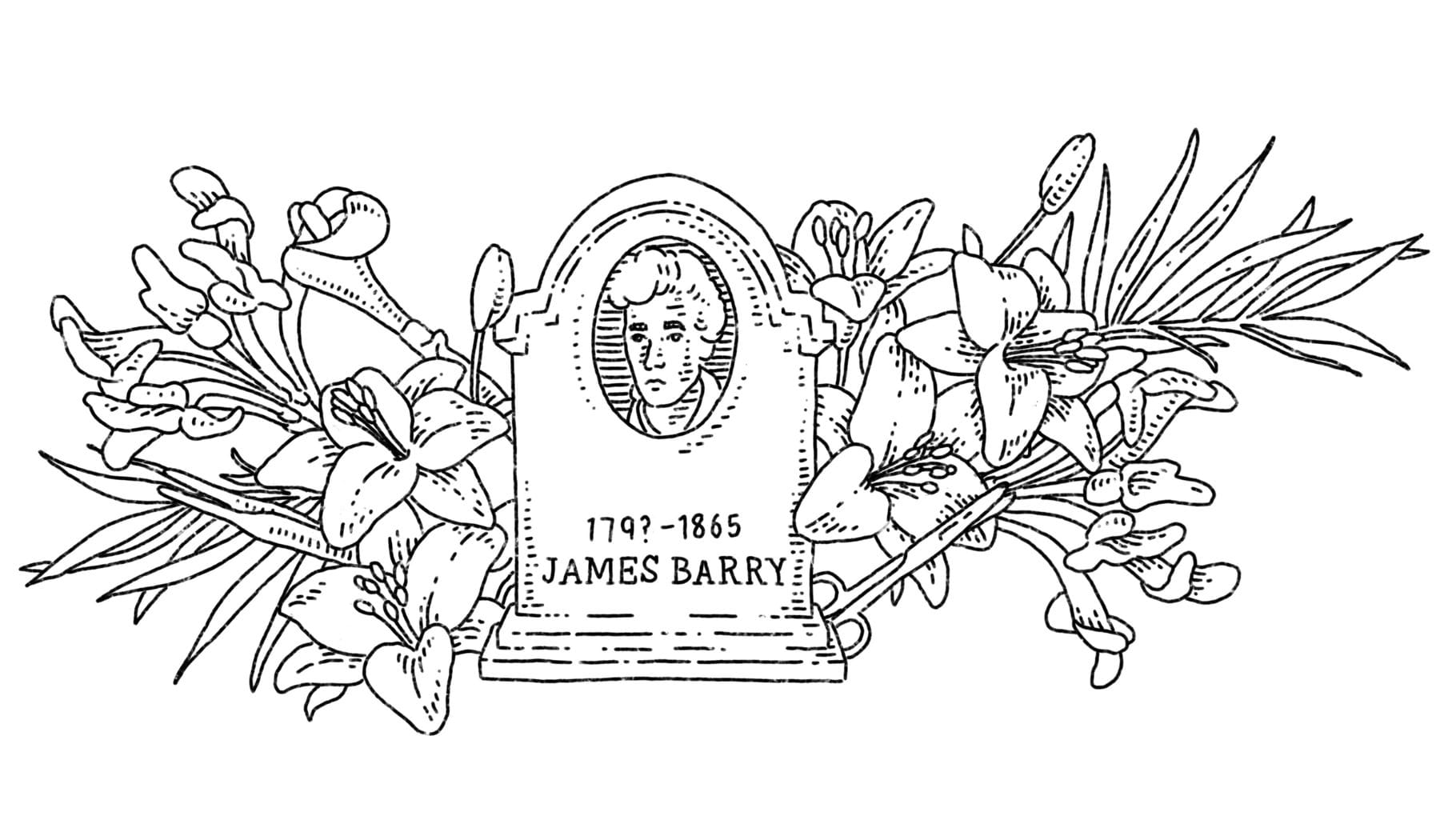
🎨 Artwork description, by Ocean Grove
"James Barry's narrative has often been overshadowed by scrutiny over his physical attributes, leaving his deserved respect in question. In response, my illustration offers an abstract portrayal, intertwining symbols of his educational achievements, medical contributions, and a dignified gravestone bearing his chosen name. Lilies symbolize sympathy and renewal, while Tecomaria capensis flowers nod to his studies in Capetown. Embedded within are surgical instruments, emblematic of Barry's expertise in cesarean sections."
In 1809, he took the name James Barry.
Without the support of his loved ones and family connections, we would have been deprived of this icon of medical history.
The prejudices written into history still inhibit my community’s ability to find the freedoms he carved out, even while essentially living in stealth for 56 years. Of course, it was achieving his childhood dream of earning a military uniform. He was once described by surgeon Edward Bradford as wearing “the longest sword and spurs he could obtain”.
Was the weapon gender-affirming? Many a trans masc who uses packers could relate – I certainly can.
Barry’s life, death, and erasure continue to intersect with how Trans+ people and our ancestors should be honoured for our accomplishments, but are instead objectified and denied our successes on their own merit.
The prejudices written into history still inhibit my community’s ability to find the freedoms he carved out, even while essentially living in stealth for 56 years.
What can we learn from this history?
If we’re to move forward, we need cisgender people to defend and remember us.
We need family and friends to be our champions, as Barry’s were for him.
It’s down to allyship that I’m aware of this figure who affirms the validity of my body, as someone who knows there are no ‘tells’ on any Trans+ person – especially when they’re clothed.
Barry affirms that I’m desirable. Accounts from comrades say he could often be found at social affairs with “the finest and best-looking woman in the room”.
As a trans person who’s given birth, I wonder whether Barry’s famed compassion in the field of pregnancy and childbirth care was indebted to his life experience.
Knowing someone so full of pride lived in the Victorian era affirms my power to leave my own mark on history. And it is even more powerful that I know of him at all - the attempts to strike his accomplishments from the historical record ultimately failed. Why? Because we can’t be erased.
